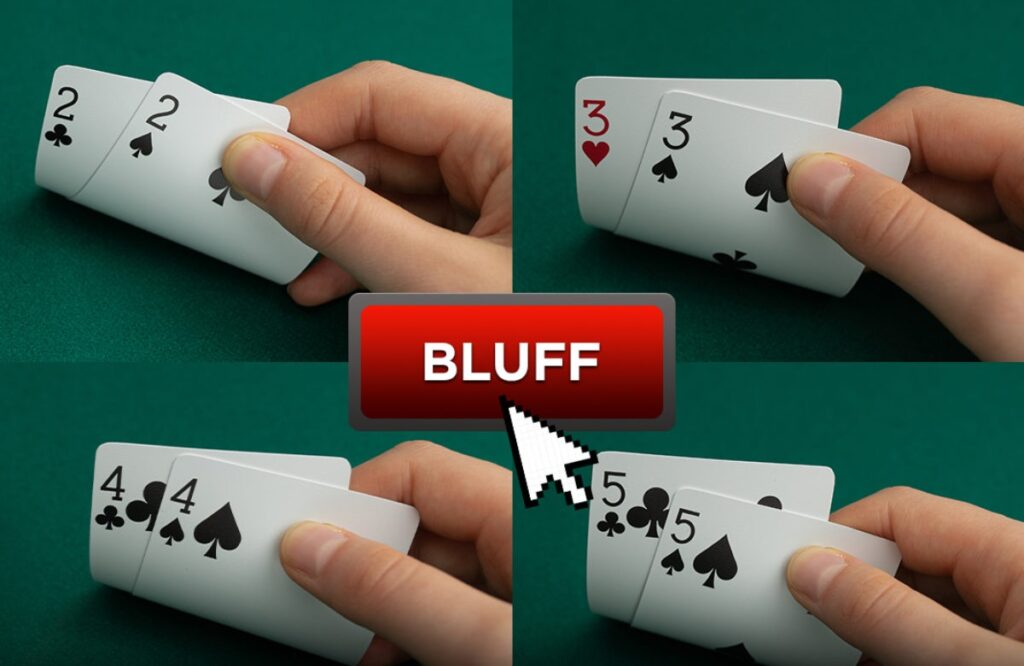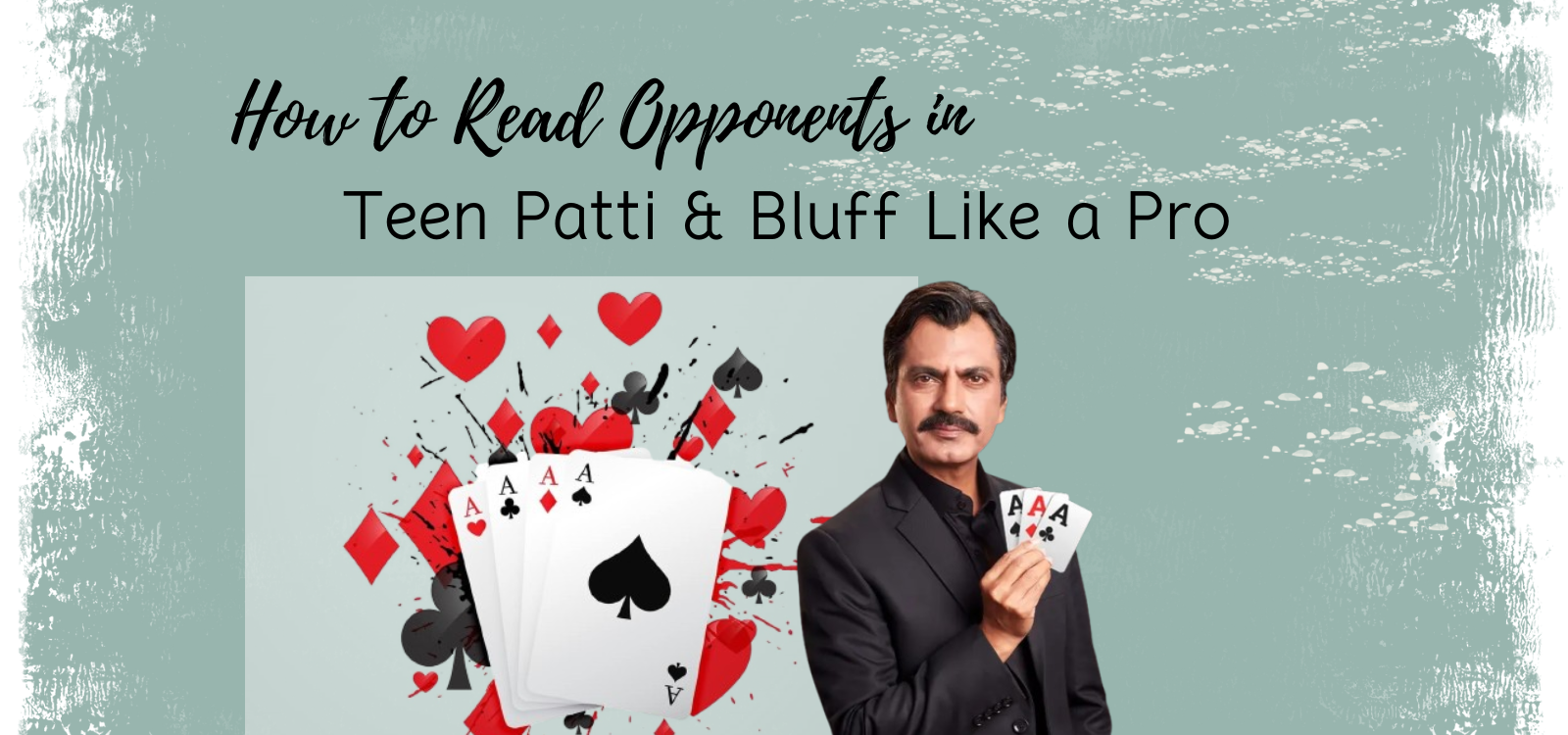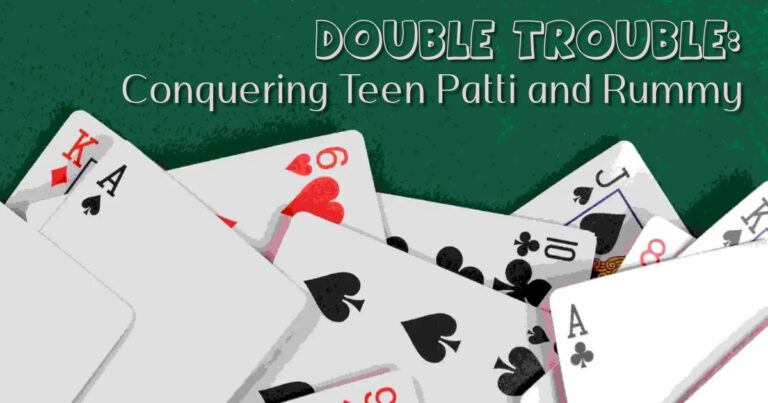How to Read Opponents in Teen Patti & Bluff Like a Pro
Teen Patti, also known as Indian Poker, is a game of skill, psychology, strategy, and bluff in Teen Patti. While luck plays a role, the ability to read opponents and bluff effectively can give you a significant edge. Understanding tells, betting patterns, and psychological tactics can turn you from a casual player into a Teen Patti pro. In this guide, we’ll cover essential strategies to read your opponents and master the art of bluffing in Rummy games.
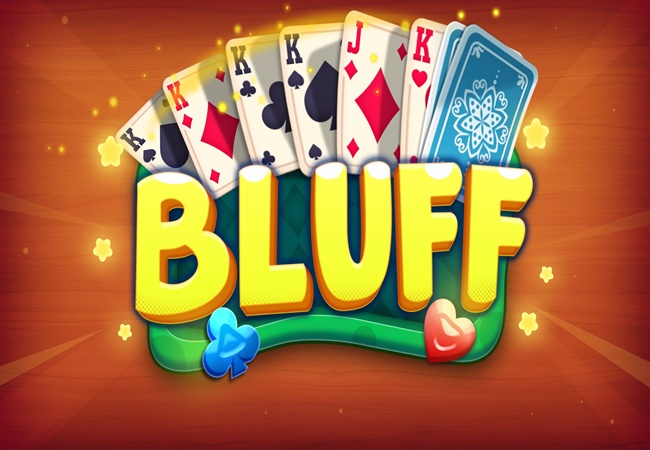
Understanding Your Opponents
To succeed in Teen Patti Stars, you must assess your opponents and categorize them based on their playing style. Here are the most common types of players you will encounter:
1. The Aggressive Player
- Bets high even with average or weak hands.
- Often tries to dominate the table with a bluff in Teen Patti.
- Can be bluffed if you show strong resistance.
2. The Passive Player
- Plays conservatively, avoiding risks.
- Checks or calls rather than raising.
- Usually has a strong hand when they bet big.
3. The Tight Player
- Plays very few hands, only betting with premium cards.
- Rarely bluffs and is hard to beat when they enter a pot.
- Can be exploited by forcing them to fold weaker hands.
4. The Loose Player
- Plays almost every hand, regardless of strength.
- Frequently bluffs but can be unpredictable.
- Can be beaten by playing solid, disciplined hands.
By identifying your opponents’ playing styles, you can adjust your strategy to gain an advantage.
Recognizing Poker Tells in Teen Patti
A “tell” is a subtle clue that reveals information about an opponent’s hand. These can be physical, verbal, or behavioral.
1. Physical Tells
- Eye Movements: Players with strong hands often look at their chips, anticipating a bet. Nervous players with weak hands might avoid eye contact, making them easy targets for a bluff in Teen Patti.
- Shaking Hands: Excitement can cause players with strong hands to tremble.
- Facial Expressions: Smiling or relaxed players may have a strong hand, while tense expressions suggest a weak one.
2. Betting Patterns
- Quick Bets: A sudden, large bet could be a bluff in teen patti or a very strong hand.
- Hesitant Bets: A player who takes time before betting might be uncertain about their hand strength.
- Frequent Folding: Players who fold often are less likely to bluff in teen patti and may only bet with good cards.
3. Verbal Clues
- Players who talk too much might be trying to distract or confuse others.
- Over-explaining a bet can indicate a bluff in teen patti.
- Silence from a usually talkative player may suggest nervousness about a weak hand.
How to Bluff Like a Pro in Teen Patti
Bluffing is the art of deceiving your opponents into believing you have a better or worse hand than you actually do in Teen Patti online. Here are effective bluffing techniques:
1. Semi-Bluffing
Instead of bluffing with a completely weak hand, a semi-bluff involves betting with a hand that has the potential to improve. For example, if you have a Queen and a 10, you could bluff that you already have a strong hand while hoping for a favorable draw.
2. The Fearless Bluff
Sometimes, you need to bet aggressively to scare opponents into folding. This works best against passive players who are afraid of losing chips.
3. The Delayed Bluff
Instead of betting immediately, wait until later rounds to bluff. This makes your play appear more genuine since you’ve acted cautiously before making a big bet.
4. The Continuation Bluff
If you raise before the cards are revealed and continue betting post-flop, it signals confidence. Many players will assume you have a strong hand and fold.
5. The Reverse Bluff
Sometimes, pretending to be weak can work in your favor. If you act hesitant or check frequently, an aggressive player might try to take advantage by betting big—allowing you to trap them when you actually have a strong hand.
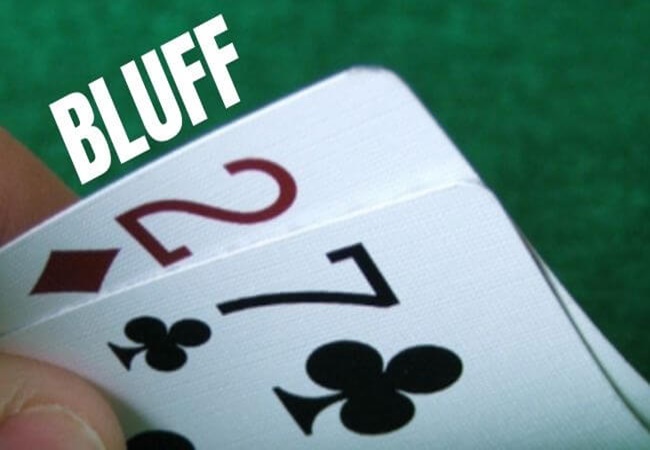
When to Bluff and When to Fold
Bluffing is powerful, but overusing it can make you predictable. Here are some guidelines:
Bluff in Teen Patti When:
- You’ve observed that your opponent folds easily in the Indian Poker game.
- The community cards don’t favor your opponent’s likely hand.
- You’re in a late position and can observe other players before acting.
- The pot is small, and the risk is minimal.
Fold When:
- Your opponent has shown strength throughout the hand.
- You’re facing a tight player who rarely bluffs.
- Your bluff in teen patti has been called multiple times in previous rounds.
Common Bluffing Mistakes to Avoid
Even experienced players make mistakes while bluffing. Here are some common errors to watch out for:
1. Bluffing Too Often
If you bluff in teen patti frequently, opponents will catch on and start calling you down.
2. Bluffing Against Too Many Players
A bluff in teen patti is more likely to succeed when fewer opponents are in the hand. Bluffing against multiple players increases the chance that someone has a strong hand.
3. Bluffing with No Strategy
Bluffing without observing your opponents is risky. Always have a reason behind your bluff for beginners.
4. Showing Your Bluffs Too Often
If you reveal too many of your bluffs, opponents will learn your tendencies and counter you easily.
Final Tips to Master Teen Patti Psychology
- Stay Calm and Confident – Never show weakness or excitement through body language.
- Observe More, Play Less – Watch other players’ reactions before making big decisions.
- Change Your Strategy – Avoid becoming predictable by mixing up your playstyle.
- Use Position to Your Advantage – Playing later in a round gives you more information on your opponents’ moves.
- Practice and Adapt – The more you play, the better you’ll become at reading opponents and bluffing effectively.
Conclusion: Bluff in Teen Patti
Mastering Teen Patti requires more than just good cards—it demands sharp observation skills, strategic bluffing, and a deep understanding of psychology. By learning how to read your opponents and perfecting the art of bluffing, you can dominate the game like a pro. Whether you’re playing casually with friends or in high-stakes games, these techniques will give you an edge over the competition. So, the next time you sit at the Teen Patti table, put these strategies into action and watch your winnings grow!
